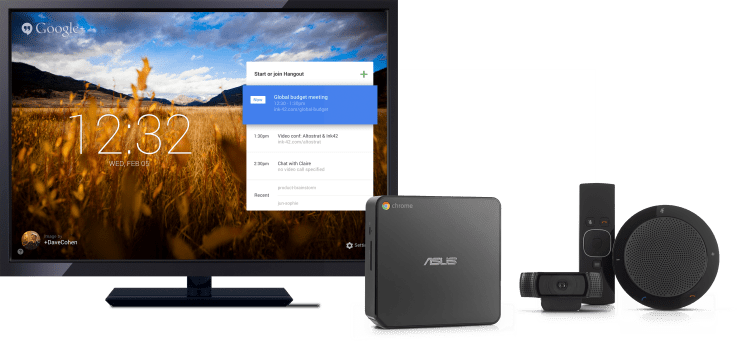Best Ways to Protect Your Google Apps Account from Being Hacked
We have seen an alarming increase in the number of Google Apps accounts that have been “hacked” across both our business and education customers. Securing your Google Apps account is crucial to protect your sensitive information and prevent unauthorized access.
Google Apps platform security is NOT the issue. ALL of the hacked accounts are due to compromised user identities.
In every case we have encountered, the users have used their Google Apps email address and password with another service that has had a breach, or has had malware on their computer that provided username and password keystrokes to the hackers.
In both types of incidents, hackers then log in as the user and cause mayhem.
Essential Steps to Make Your Google Apps Account More Secure From Hackers:
1) Educate your users that they are not to use their Google Apps password for any other account not explicitly authorized. Users should also not use their Google Apps email address as the username for personal accounts with other services. It’s also critical to understand the risks of using third-party apps.
2) Check Your Systems for malware and make sure your endpoint protection is up to the task. If not, we recommend Webroot Endpoint Protection and Web Security Services (the link is to our edu site, but the service is available to business and government customers as well).
3) Implement Two-Factor Authentication (2FA). In business environments, users should be using 2FA to secure their accounts. Implementation can be involved if you have other services linked to Google Apps, as you will need to generate service-specific passwords.
4) Use Strong Passwords: Create a strong, unique password for your Google account. Avoid using easily guessable information and include a combination of upper and lower case letters, numbers, and special characters.
5) Review Account Activity: Periodically review the recent activity on your account. Google provides a “Last account activity” feature that allows you to check for any suspicious login attempts.
6) Check Account Permissions: Regularly review the apps and services that have access to your Google account. Remove access for any applications or devices that you no longer use or trust.
7) Beware of Phishing Attempts: Be cautious of phishing emails or websites that attempt to steal your login credentials. Always verify the authenticity of emails and URLs before entering your Google account information.
In education environments, 2FA is not practical for all users, as students and many faculty members may not have mobile devices available to access the Authenticator. For schools, we recommend any user with partial or full administrative privileges have 2FA active.
FAQs About Keeping Your Google Account Safe from Hackers
Activating 2FA is covered by our support agreements.
For customers and others without support agreements, mention this blog post and we will discount our hourly support fee by 10%; W
We will discount Webroot deployment fees by 50%.
Both offers expire on December 31, 2014.
Please contact our Service Desk for 2FA assistance; contact Sales regarding Webroot.






 Businesses often hesitate to use social media tools internally, fearing that information may be shared too broadly or outside the company in error. Google has taken a major step to alleviate these concerns with the recent announcement of
Businesses often hesitate to use social media tools internally, fearing that information may be shared too broadly or outside the company in error. Google has taken a major step to alleviate these concerns with the recent announcement of 